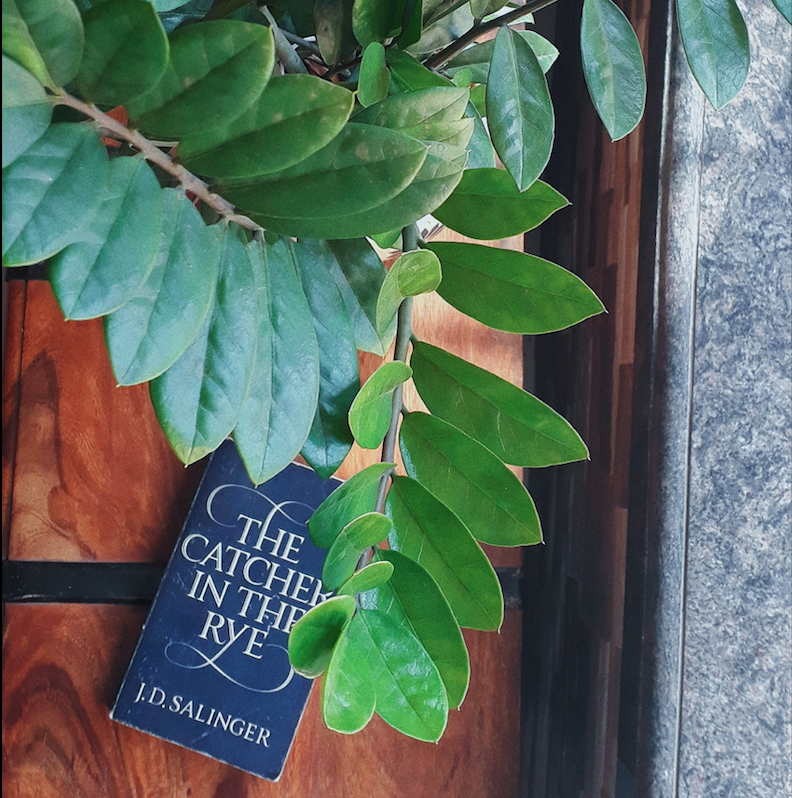
The Catcher in the Rye
On a sunny afternoon get-together, I got my hands on a friend’s copy of The Catcher In The Rye. I absolutely had to read it, so I requested her to let me borrow it for a couple of weeks. Before I knew it, a week had passed and I found myself re-reading select chapters over and over again. Such is the uniqueness of JD Salinger’s masterpiece.
Holden Caulfield, the protagonist, and the narrator is a traditional teenager who just got kicked out of his school due to unsatisfactory academic progress. The story follows Holden on his journey home from his school. A rebel of all sorts, he intentionally leaves the school two days before he is supposed to. Young Caulfield is a hedonist, spending his saved up money on cigarettes, alcohol; he even gets in a mix up with a prostitute and a thug leading to him being beaten up. But every now and then, he recollects little aspects of his short life, sidetracking into little anecdotes and stories how he finds showbiz to be pretentious, and how “it kills him” to see people talk about how good a film was.
JD Salinger’s genius is in the way the narration is written. Fast, chunky and frank, it is precisely how a troubled teenager would explain his anarchist agony and adolescent angst. A bit difficult to read in the beginning because of the absurd (in a good way) style, The Catcher In The Rye keeps the reader captivated with its unique rhythm. The novel will forever be one of the most influential literary works of the 20th century.




-
Tagged #life #surgery